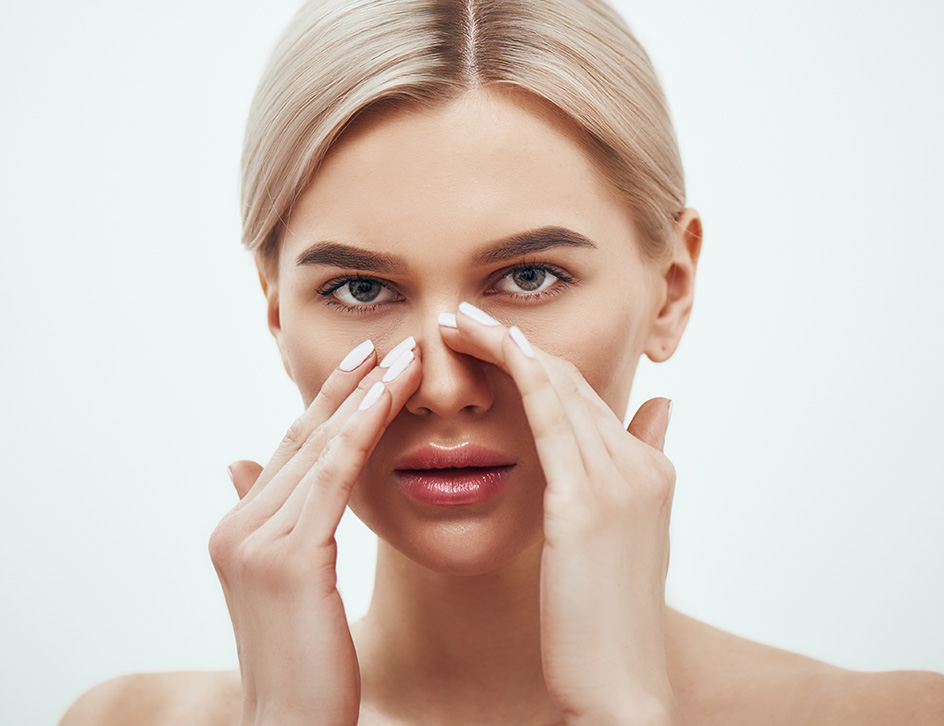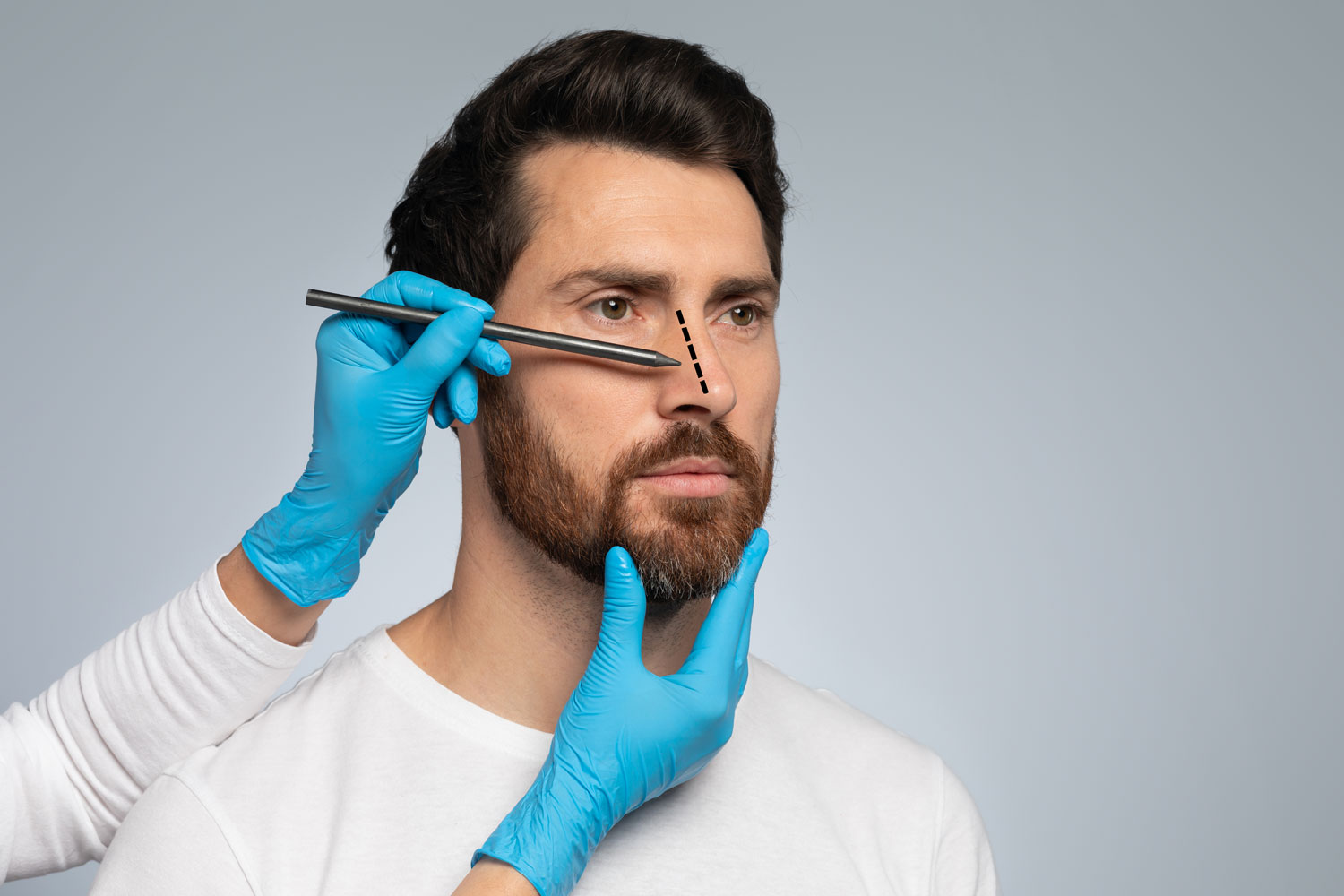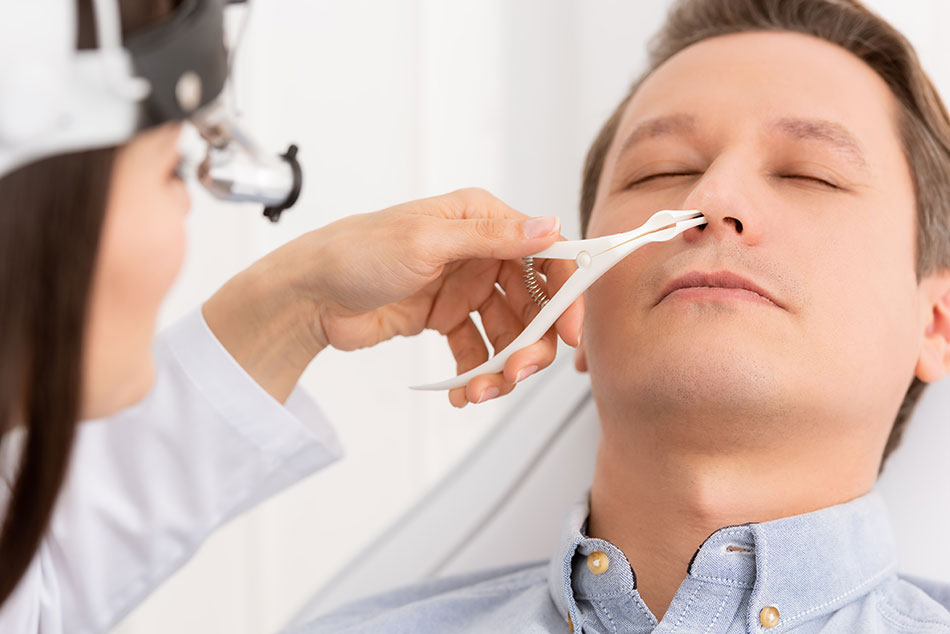Useful Information:
Is a nose job visible | What Age is Best for Rhinoplasty in London | Is Rhinoplasty in London the Right Choice for You? | Is Rhinoplasty Surgery Painful? | Understanding Rhinoplasty in London: Is It A Major Surgery? | Will Rhinoplasty Scars Disappear After the Surgery? | Correcting a narrow bridge nose with rhinoplasty techniques | Broken Nose Surgery: Treatments, Processes, Recovery, and More | A guide to straightening the nose: Exploring rhinoplasty as a solution | Understanding and addressing nose humps: A comprehensive guide | Nose bump removal: symptoms, causes and procedure of dorsal hump | How to reduce nose tip via rhinoplasty surgery | Find out how a higher nose bridge can be corrected via rhinoplasty | Achieving a smooth, defined nose: Addressing uneven cartilage on tip of nose | A guide to straightening the nose: Exploring rhinoplasty as a solution | Wide Nasal Bones: Here’s How You Can Reduce Excess Nose Width | Flat nose bridge correction via rhinoplasty: Here’s what you need to know
Uneven cartilage on the tip of the nose, also known as nasal tip asymmetry, is a common concern for both men and women. This irregularity can cause the nose tip to appear crooked, hooked, or uneven. Nostril asymmetry can result in nasal function problems and impact overall appearance.
If you have a crooked nose tip or uneven tip cartilage, you are not alone. Fortunately, with advancements in the rhinoplasty procedure, Mr. Golchin can now treat deviated nose tips and deformities in the shape of the nose. Whether it’s a deviation in the midline or overlying skin, we will help the patient achieve a beautiful nose after a successful nose job.
So, let’s understand what uneven cartilage on the tip of the nose means. We will explore its cause and different treatment options.

What is considered an asymmetric tip?
An asymmetric tip refers to a nasal situation in which the two sides of the tip are not equal. The lower lateral cartilages, also known as tip cartilages, play the primary role in shaping the nasal tip. There are several ways in which uneven cartilage can manifest itself on the tip of the nose, each impacting the overall appearance differently.
Patients can suffer from a wide range of nasal cartilage issues, from a deviated dorsal septum nasal obstruction to nasal congestion. Noted below is an account of the different ways the uneven lower lateral cartilage can impact your nose shape:
A bifid tip
A bifid tip is one of the rarest cases of uneven cartilage impacting your nose shape. It is a vertical line or a split down the centre of the nasal tip. A bifid tip results from a significant displacement of the nasal cartilages from one another.
Thin skin that overlays and exposes the cartilage edges can also cause a bifid tip. The nose tip is most vulnerable to malformation because of the lower alar cartilage on the sides of the nose and the septal cartilage in the central region. Hence, a bifid tip’s severity can vary from patient to patient.

Tip deviation
This occurs when the entire nasal tip deviates to one side, causing the nose to appear crooked. Asymmetries in the lower lateral cartilages of the underlying septal cartilage can contribute to this condition.
When the thin wall known as the nasal septum between your nasal passages is displaced to the left or right, it makes one of the passages smaller. If the deviated dorsal septum is severe, it can cause functional problems like nasal obstruction or blockage due to the swelling on the soft tissue lining.
Hooked tip
The downward projection at the tip of the nose gives the nose tip a hooked shape. It is also known as an aquiline nose. It can best be described as a nose with a high dorsal hump and a low tip that drops.
In most cases, a hooked tip results from an overzealous resection of the septal cartilage during a previous rhinoplasty. A naturally over projected lateral crura can also cause a hooked tip.
Now that we are aware of different variations of uneven cartilage on the tip of the nose let us understand how Mr. Golchin’s surgical procedure can fix these issues.

Ways to treat uneven cartilage on tip of nose
Uneven tip cartilage can cause nostril asymmetry in several different ways. Hence, these procedures’ treatment options also vary from case to case. In some cases, the septal deviation can be easily corrected.
Rhinoplasty surgeons may also prefer going with open rhinoplasty. Other cases may lead to nasal surgery. Given below are the ways to treat deviated septums and other uneven cartilage issues:
How to get rid of a bifid tip?
Means of correcting the bifid nasal tip differs between mild and severe cases. For simpler cases, Mr. Golchin may sew together the two upper lateral cartilages and the lower one to give it a more defined shape. In severe cases, he may be compelled to place a columellar strut cartilage graft between the split cartilages to fill the defect.

How to treat a deviated dorsal septum
The treatment of a septal deviation consists of straightening the nasal septum and repositioning it in the centre of the nose. To achieve this, a surgeon may cut or remove parts of the caudal septum before reinserting them in the required position in the nasal tip.
In some cases, surgery to reshape the nose is necessary. Here, the surgeon modifies the nasal bones alongside the cartilage to change its size and shape.
How to fix a hooked nose tip
A hook nose often droops when smiling, which can lead to the shape of the nose looking out of balance along with aesthetically displeasing some patients. To treat a hooked nose, Mr. Golchin does one of two things:
1. Lowering the dorsum so it is no longer higher than the tip
2. Improving the shape of the tip cartilages to make the tip higher than before
In cases where the tip cartilages are very weak, Mr. Golchin will use a cartilage graft from the septum to build into the tip itself so it gets stronger and more well-defined.

Key takeaways
Unevenness in the cartilage on the tip of the nose can result in various issues. Due to uneven cartilage, rhinoplasty patients can have issues ranging from a caudal septal deviation to a crooked nose, hooked tips, and bifid tips.
While the degree of severity may vary depending on the patient, these issues can lead to both functional and aesthetic problems. Treatment options for uneven cartilage can vary from open rhinoplasty to more complex surgeries.
If you have a hooked nose, a septal deviation, or other lower lateral cartilage issues, contact Mr. Golchin today or visit the Rita Rakus Clinic in Knightsbridge London for all your rhinoplasty concerns.

RHINOPLASTY
Useful Information:
Is a nose job visible | What Age is Best for Rhinoplasty in London | Is Rhinoplasty in London the Right Choice for You? | Is Rhinoplasty Surgery Painful? | Understanding Rhinoplasty in London: Is It A Major Surgery? | Will Rhinoplasty Scars Disappear After the Surgery? | Correcting a narrow bridge nose with rhinoplasty techniques | Broken Nose Surgery: Treatments, Processes, Recovery, and More | A guide to straightening the nose: Exploring rhinoplasty as a solution | Understanding and addressing nose humps: A comprehensive guide | Nose bump removal: symptoms, causes and procedure of dorsal hump | How to reduce nose tip via rhinoplasty surgery | Find out how a higher nose bridge can be corrected via rhinoplasty | Achieving a smooth, defined nose: Addressing uneven cartilage on tip of nose | A guide to straightening the nose: Exploring rhinoplasty as a solution | Wide Nasal Bones: Here’s How You Can Reduce Excess Nose Width | Flat nose bridge correction via rhinoplasty: Here’s what you need to know
I was very nervous about getting lip fillers for years, but I got recommended to Mr Golchin and I cannot recommend him enough! He made me feel at ease about the treatment and gave me exactly what I wanted! It was painfree and my results are amazing! – Sarah
SarahI have been attending Mr. Golchin at his clinic in Dublin for Botox & Fillers for quite a few years, with great results. I am never concerned about trying fillers in any new areas of my face or trying any new treatments suggested, as I have complete confidence in Mr. Golchin and his team. It’s very important to me to achieve a natural result while still noticing an obvious improvement and I am never disappointed. – Michelle
MichelleI contemplated rhinoplasty for a number of years and after extensive research I finally decided to go ahead with it in August 2017. To say it was a decision not taken lightly would be an understatement. I wanted the best results and the best surgeon and I can honestly say I got both. Mr Kambiz Golchin is a true professional and perfectionist and it is clear he takes great pride in his work. Mr Golchin established exactly what I wanted and delivered, surpassing my expectations. Bex
BexI had decided many months ago to get rhinoplasty and had since visited a number of the top surgeons in London, after being dissatisfied a friend referred Mr Golchin. From start to finish, including my pre operative care to my end result I could not be happier and would highly recommend Mr Golchin as a wonderful surgeon who has changed my life and I could not be happier with my new nose. – cmbrowne
C Browne

